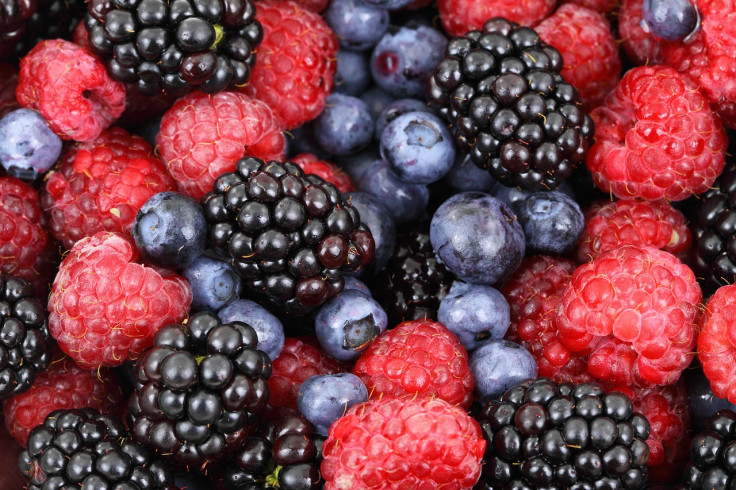How to reduce blood pressure: Food rich in flavanols can lower the count
Those who consumed the highest amounts of flavonoids have lower systolic blood pressure compared to those who consumed the least.
High blood pressure can be debilitating. It does not only cause uncomfortable symptoms but it is touted as one of the risk factors for a range of illnesses like stroke and myocardial infarction. While these blood pressure realities may sound like the harbinger of doom, hope must not be lost as there are certain superfoods that could help lower the nasty numbers.
A study published in the journal Scientific Reports, conducted by a group of researchers from the UK looked into the diets of more than 25,000 individuals and compared their blood pressure with the kinds of foods they consume. The study was considered as more objective since it did not just rely on food diaries or questionnaires, but the researchers were able to measure the compounds in the participants' food intake using quantifiable biomarkers of flavonoids in the urine. Flavonoids are a group of phytonutrients that could be found in many fruits and vegetables.
Researchers, using this more objective method, were able to ascertain that participants who consumed the highest amounts of flavonoids had lower systolic blood pressure compared to those who consumed the least. The blood pressure difference between the 10 percent of those who had the highest flavanol intake, and with the 10 percent among the lowest flavanol intake, was between two and four mmHg, which, according to Dr Ian Johnson, an emeritus of Quadram Institute Bioscience, was "relatively small."
Despite the small difference, the study noted that the effect can be compared to the changes in blood pressure in those who follow the Mediterranean diet or with moderate salt intake. It did not, however, find any link between the intake of flavanols and risks of cardiovascular diseases. There was also no link with mortality.
Dr Gunter Kuhnle, the lead author of the study and a professor at the University of Reading said that the difference in their current study is that since they are using nutritional biomarkers, they are more confident at attributing their observations to flavanol intake.
Good sources of flavanols are green tea, black tea, pears, berries, and apples. In the UK, the primary source of flavanols is tea, while in the U.S., people mainly derive it from apples and berries.
© Copyright IBTimes 2025. All rights reserved.






















